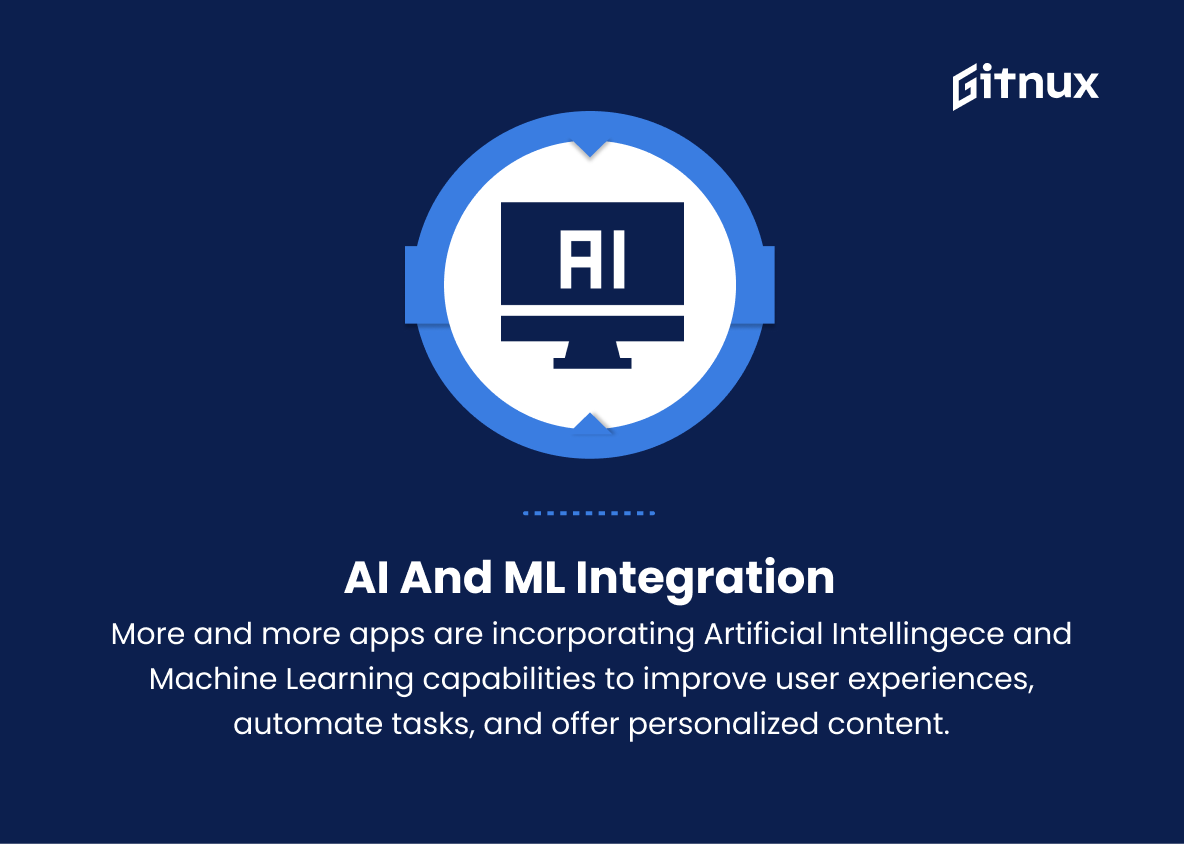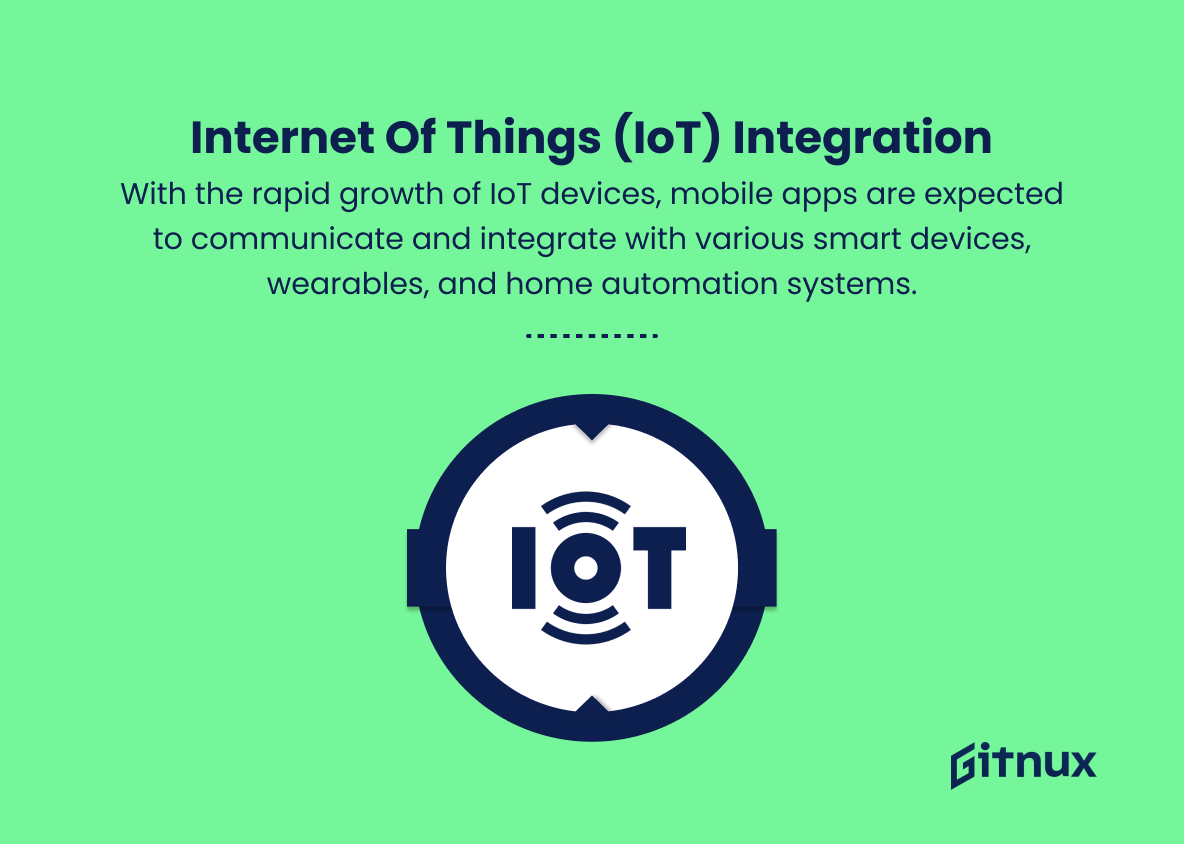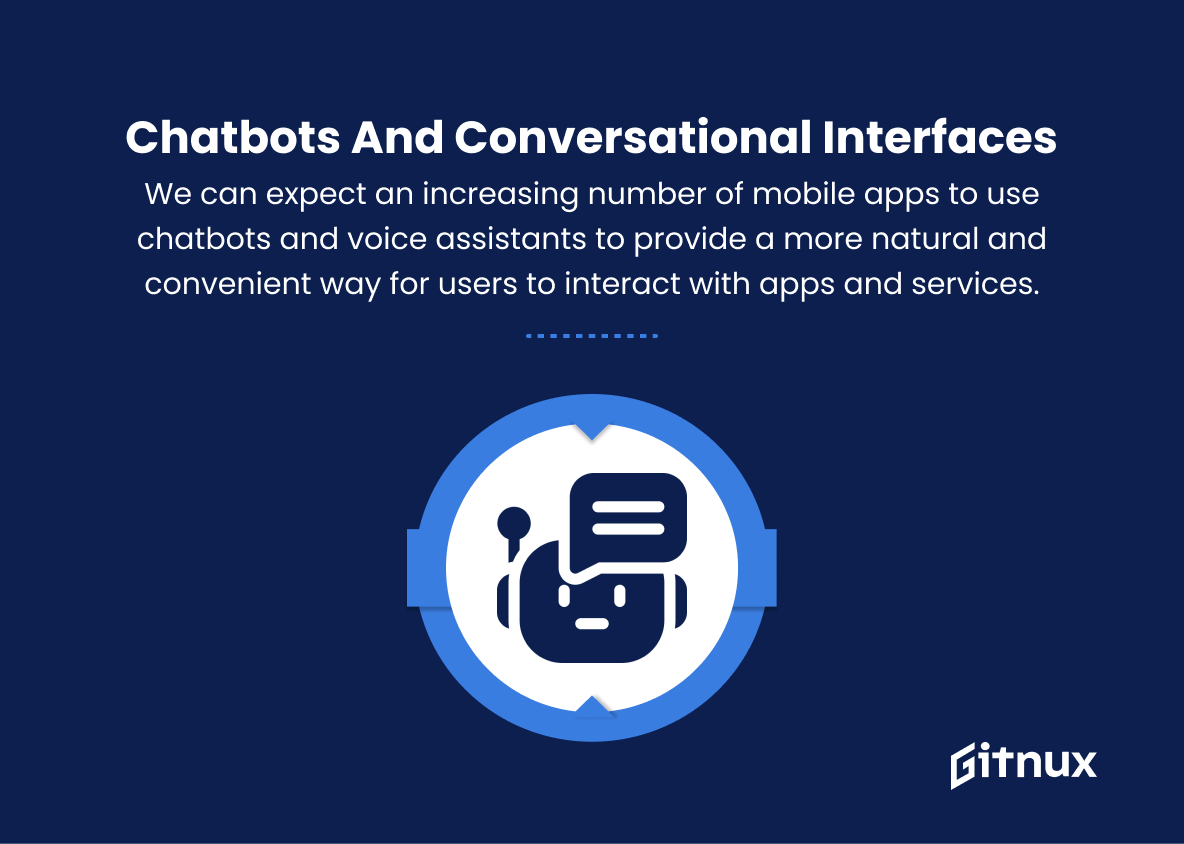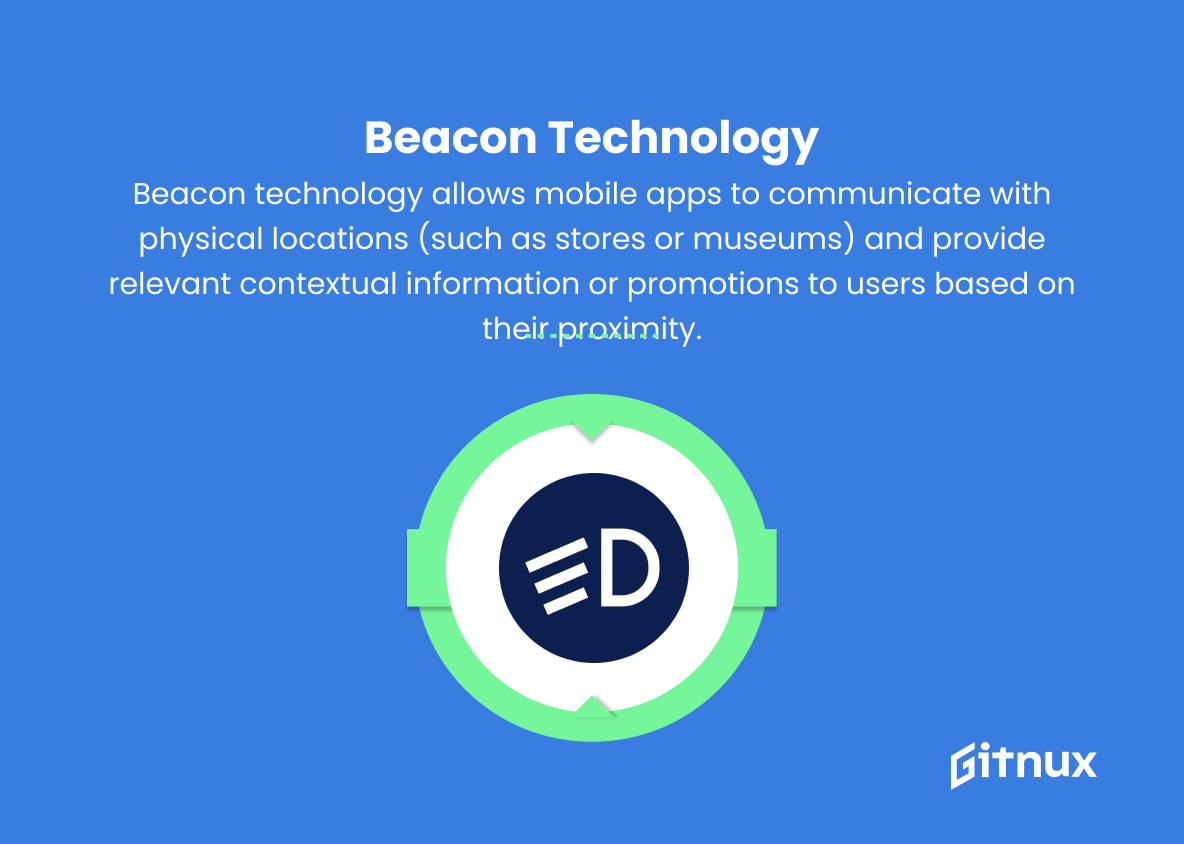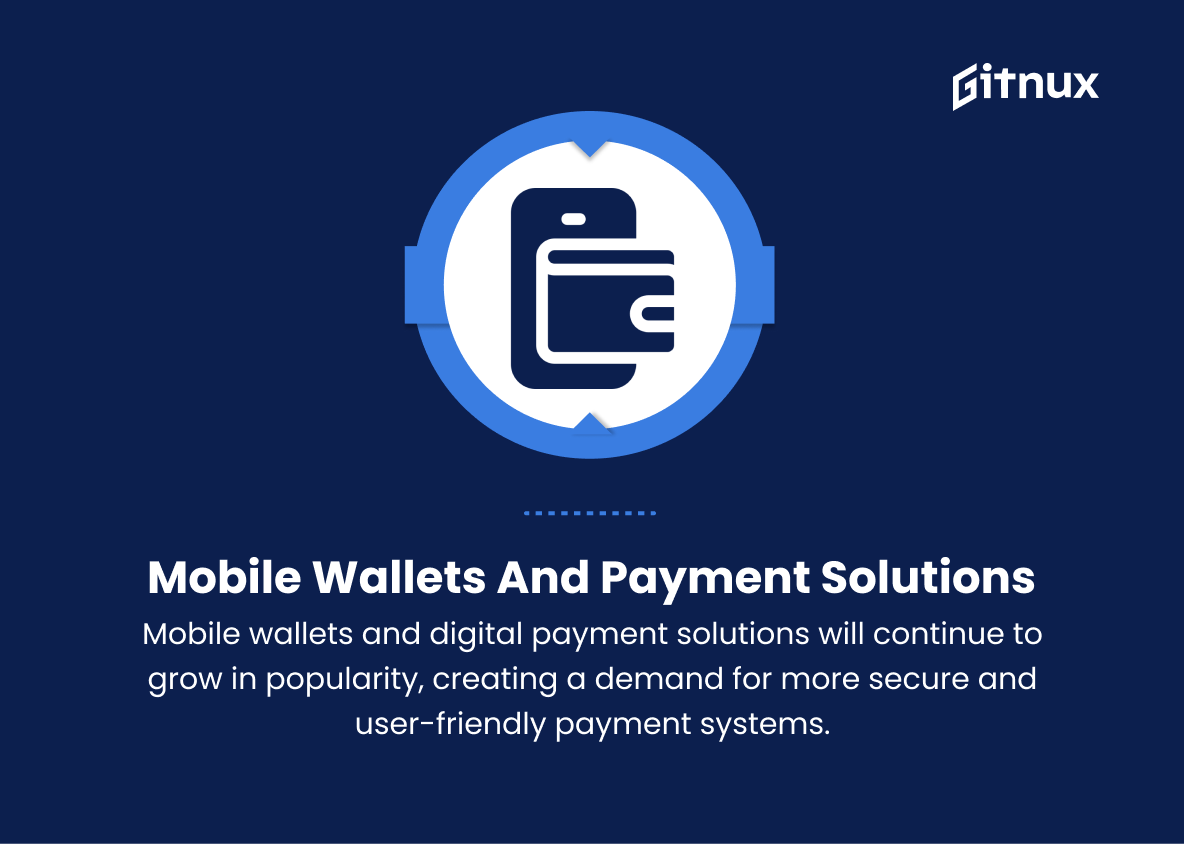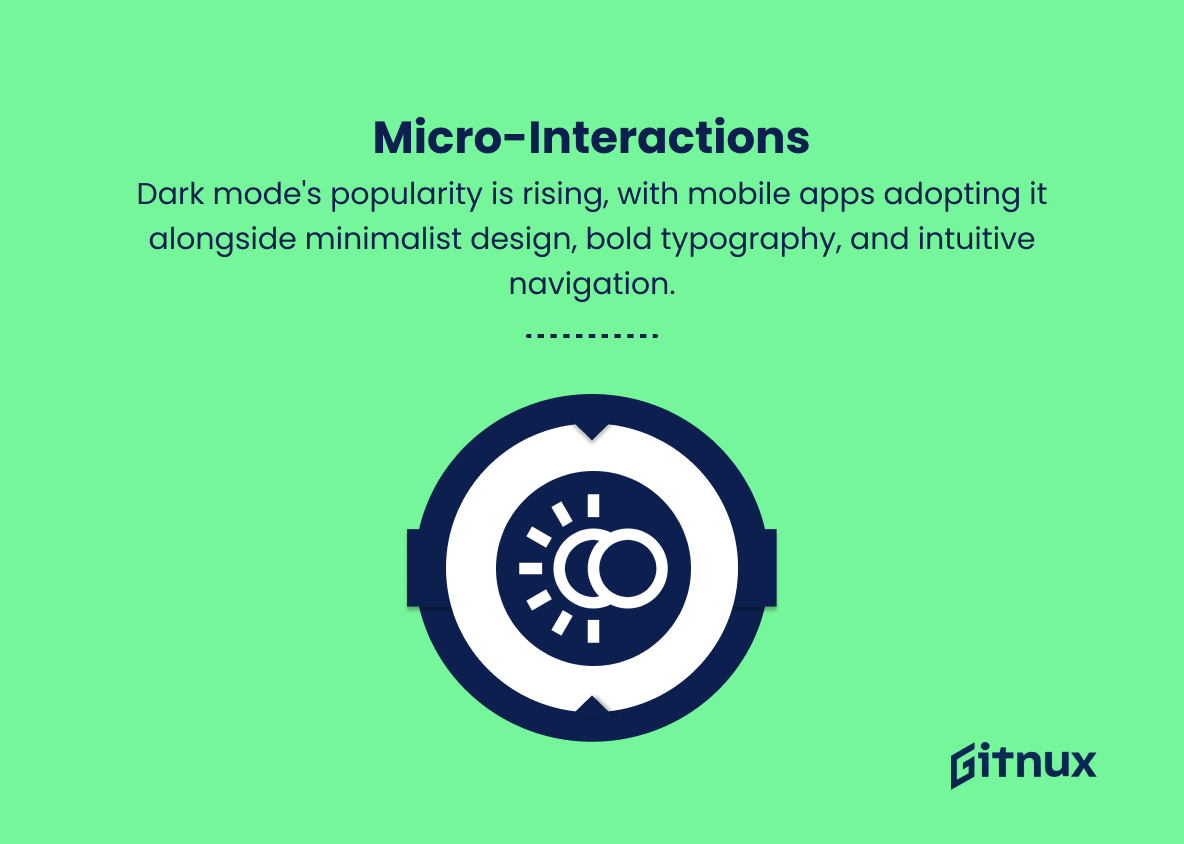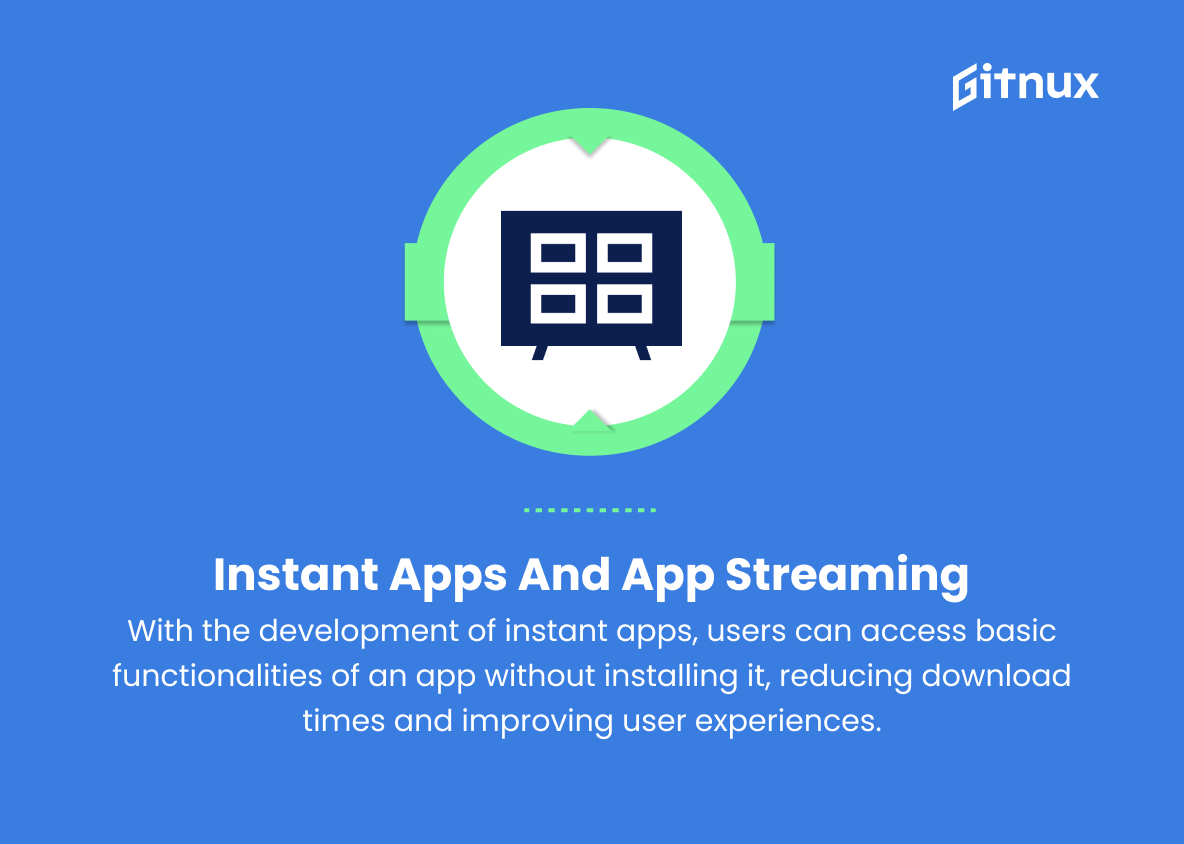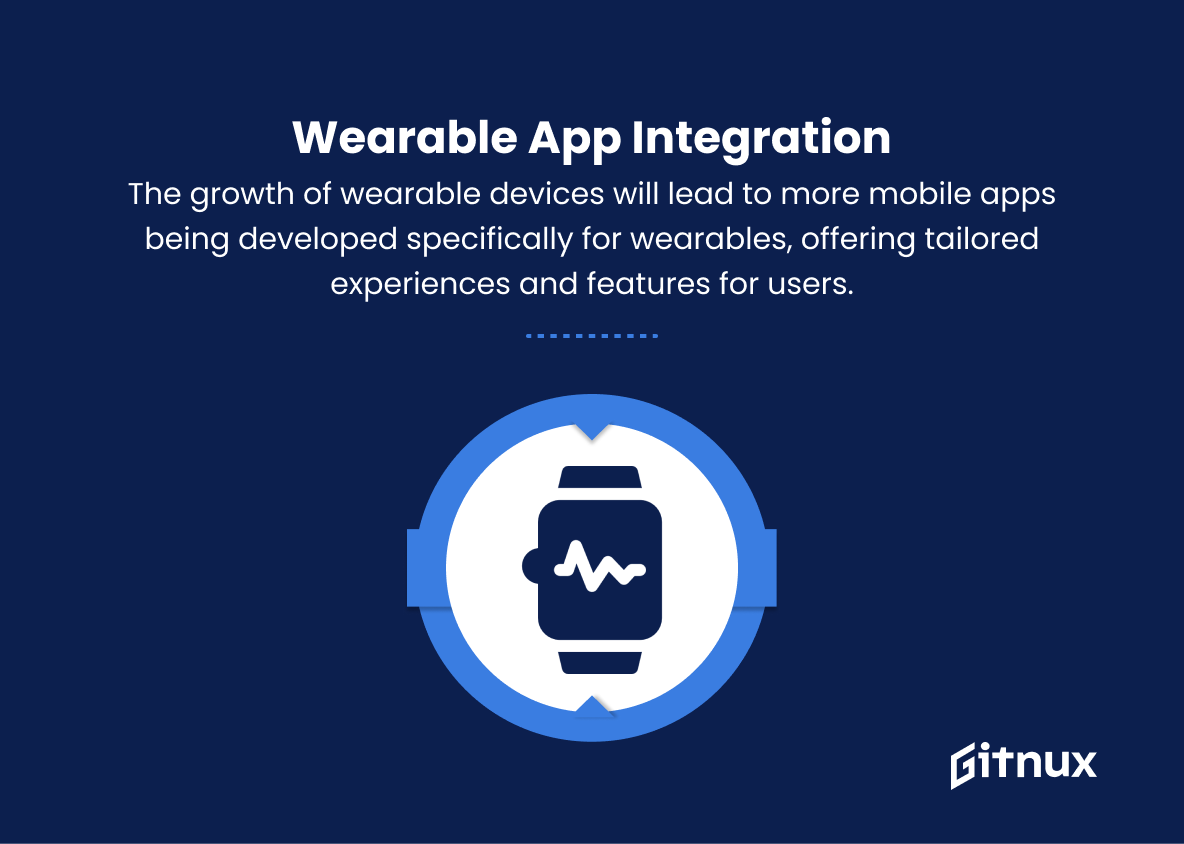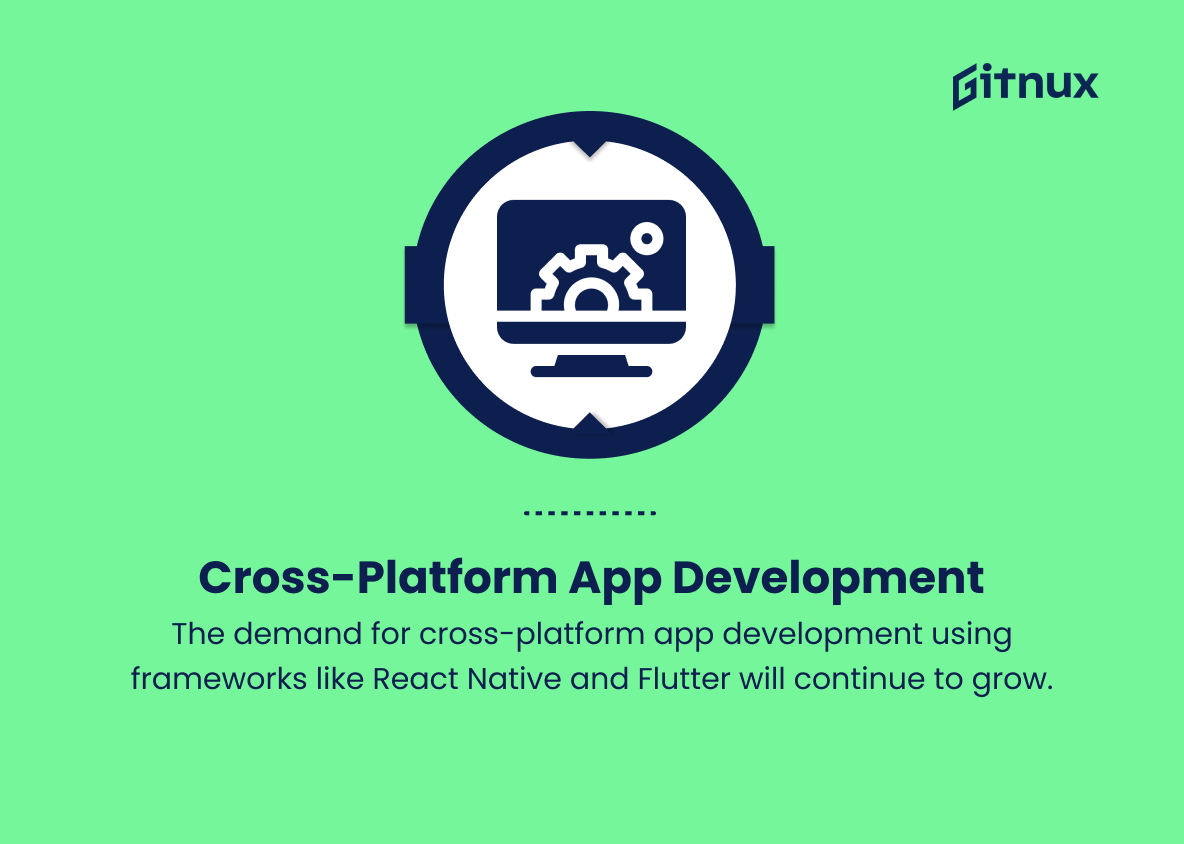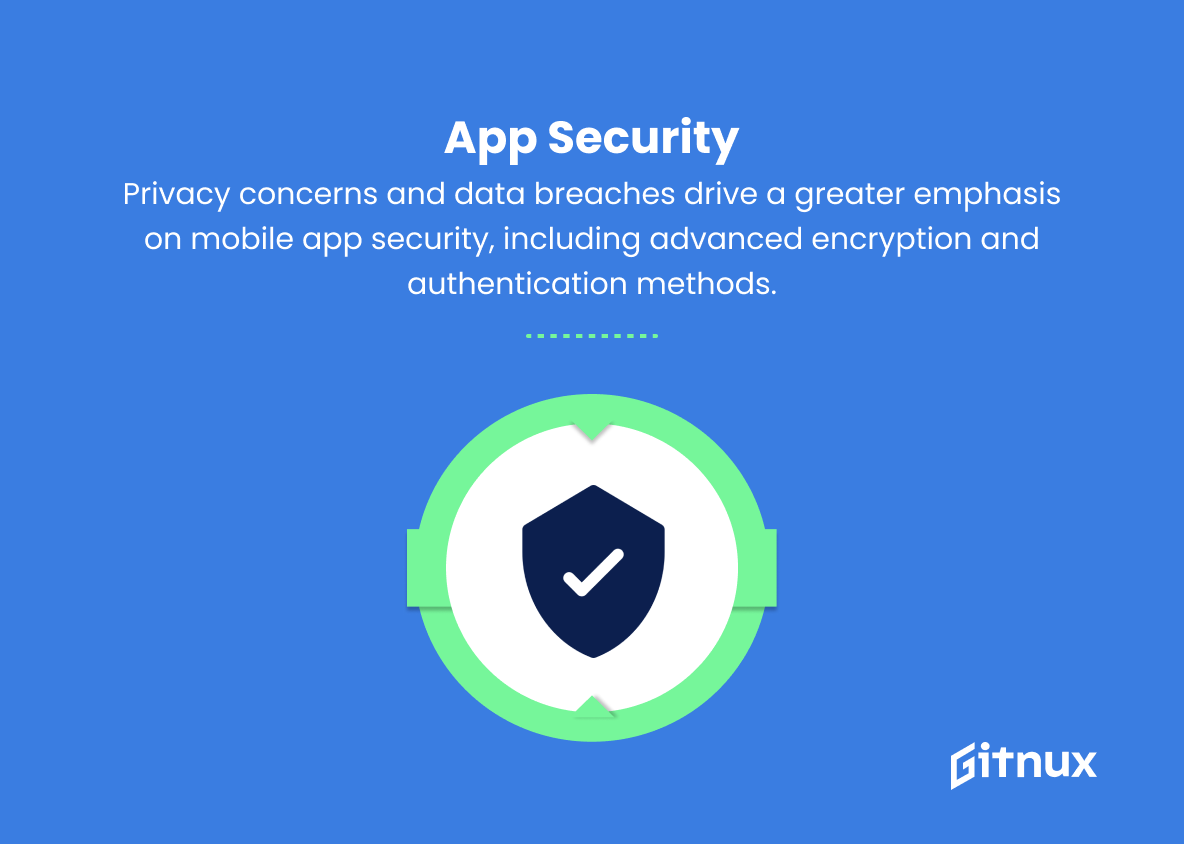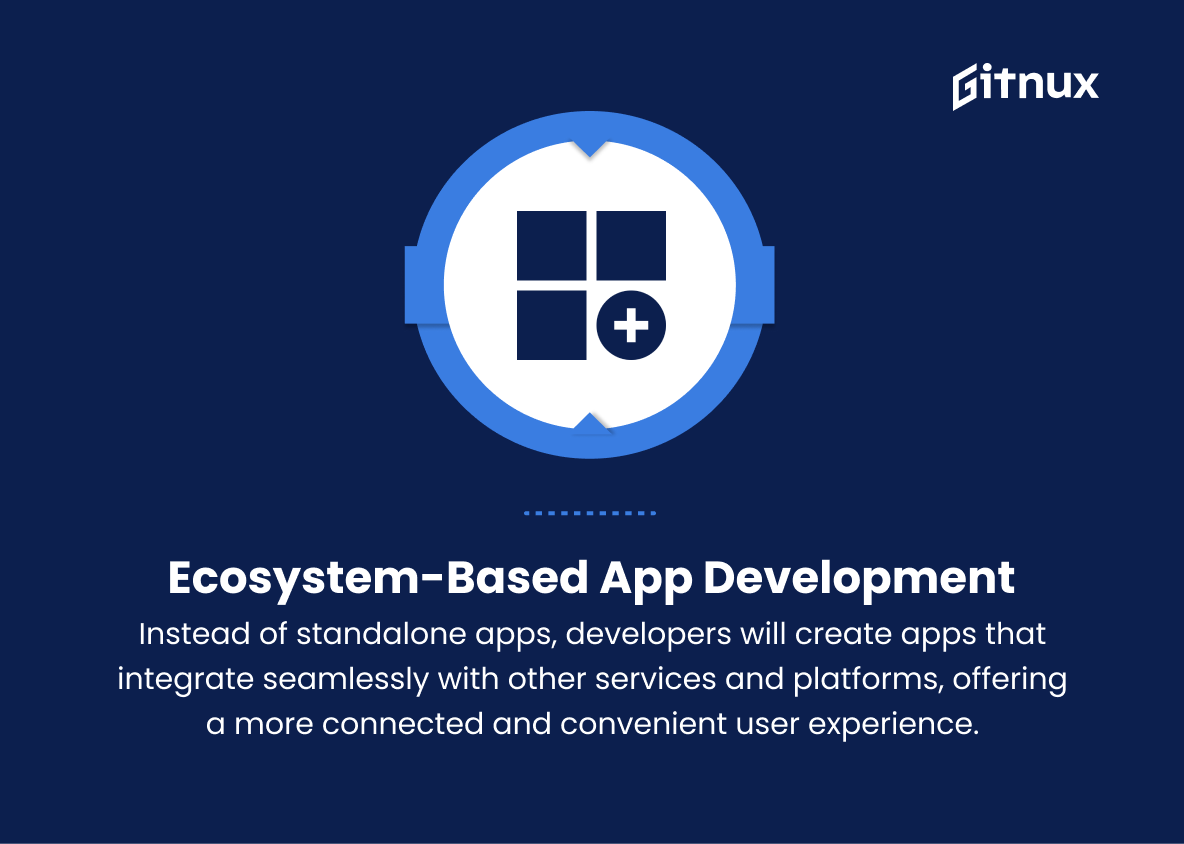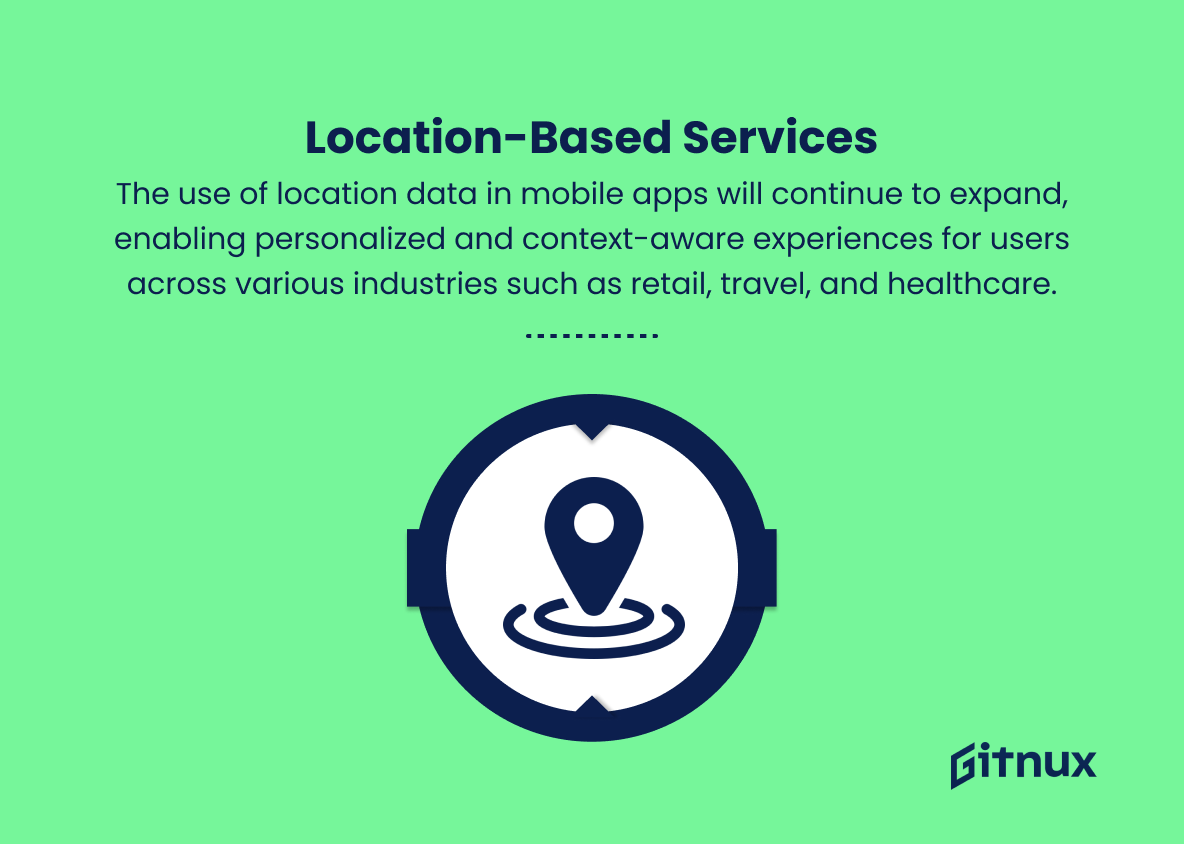In the ever-evolving digital landscape, mobile app development trends continue to shape how industries and businesses operate, communicate, and engage with their target audiences. As the world becomes increasingly interconnected through mobile devices, understanding and adapting to these trends is not just a luxury, but a necessity for businesses looking to stay ahead and remain competitive.
In this thought-provoking blog post, we delve into the latest mobile app development trends, exploring innovative technologies and ground-breaking strategies that are transforming the user experience, redefining the app development process, and altering the trajectory of the industry as a whole. Join us as we uncover the future of groundbreaking mobile applications and the extraordinary potential they hold for revolutionizing our business landscape.
Top Mobile App Development Trends
1. Artificial Intelligence (AI) and Machine Learning (ML) integration
More and more apps are incorporating AI and ML capabilities to improve user experiences, automate tasks, and offer personalized content.
2. Internet of Things (IoT) integration
With the rapid growth of IoT devices, mobile apps are expected to communicate and integrate with various smart devices, wearables, and home automation systems.
3. Augmented Reality (AR) and Virtual Reality (VR)
AR and VR technologies are being increasingly used in mobile app development, providing immersive and interactive experiences for users, especially in gaming, education, and retail industries.
4. Chatbots and conversational interfaces
We can expect an increasing number of mobile apps to use chatbots and voice assistants to provide a more natural and convenient way for users to interact with apps and services.
5. 5G technology
The advent of 5G networks will lead to faster and more stable internet connections, enabling the development of more complex and sophisticated mobile apps.
6. Beacon technology
Beacon technology allows mobile apps to communicate with physical locations (such as stores or museums) and provide relevant contextual information or promotions to users based on their proximity.
7. Mobile wallets and payment solutions
Mobile wallets and digital payment solutions will continue to grow in popularity, creating a demand for more secure and user-friendly payment systems.
8. Dark mode and mobile app design trends
Dark mode has become increasingly popular, and we can expect more mobile apps to incorporate this feature, along with other trends in mobile app design such as minimalism, bold typography, and intuitive navigation.
9. Instant apps and app streaming
With the development of instant apps, users can access basic functionalities of an app without installing it, reducing download times and improving user experiences.
10. Wearable app integration
The growth of wearable devices will lead to more mobile apps being developed specifically for wearables, offering tailored experiences and features for users.
11. Cross-platform app development
The demand for cross-platform app development using frameworks like React Native and Flutter will continue to grow, allowing developers to create apps that run on multiple platforms with a single codebase.
12. App security
Privacy concerns and data breaches are a significant concern for users, leading to an increasing focus on mobile app security and the implementation of advanced encryption and authentication methods.
13. Ecosystem-based app development
Instead of standalone apps, developers will create apps that integrate seamlessly with other services and platforms, offering a more connected and convenient user experience.
14. Location-based services
The use of location data in mobile apps will continue to expand, enabling personalized and context-aware experiences for users across various industries such as retail, travel, and healthcare.
15. Data-driven personalization
Leveraging user data to provide personalized experiences, recommendations, and content will become a standard feature for many mobile apps.
Implications
The integration of AI and ML, IoT, AR, and VR in mobile app development is revolutionizing user experiences across various industries. The increasing adoption of chatbots and voice assistants is providing users with more natural and convenient ways to interact with apps, while 5G technology is enabling faster connections for more sophisticated app development. The growth of beacon technology, mobile wallets, and wearable app integration offers users context-aware experiences, secure payment solutions, and tailored features for specific devices.
Additionally, advances in cross-platform app development and ecosystem-based approaches are resulting in more connected and versatile mobile applications. As mobile app design trends like dark mode gain popularity and the demand for app security and data-driven personalization increases, the future of mobile app development promises to offer users more integrated, dynamic, and responsive experiences that cater to their unique preferences and needs.
Conclusion
In summary, the mobile app development landscape is continuously evolving and adapting to societal and technological advancements. Staying informed about these trends is vital for businesses and developers, as it helps them create innovative products that cater to the dynamic needs of users. As we have discussed, technologies like AI, IoT, AR/VR, Blockchain, and advanced app security measures are influencing the future of mobile app development.
By keeping an eye on these trends and harnessing their potential, developers can ensure that their apps attract a broad user base, provide seamless user experiences, and contribute to the success of their businesses. Ultimately, staying ahead of the curve in the world of mobile app development guarantees that the cutting-edge solutions created today will become indispensable for years to come.
